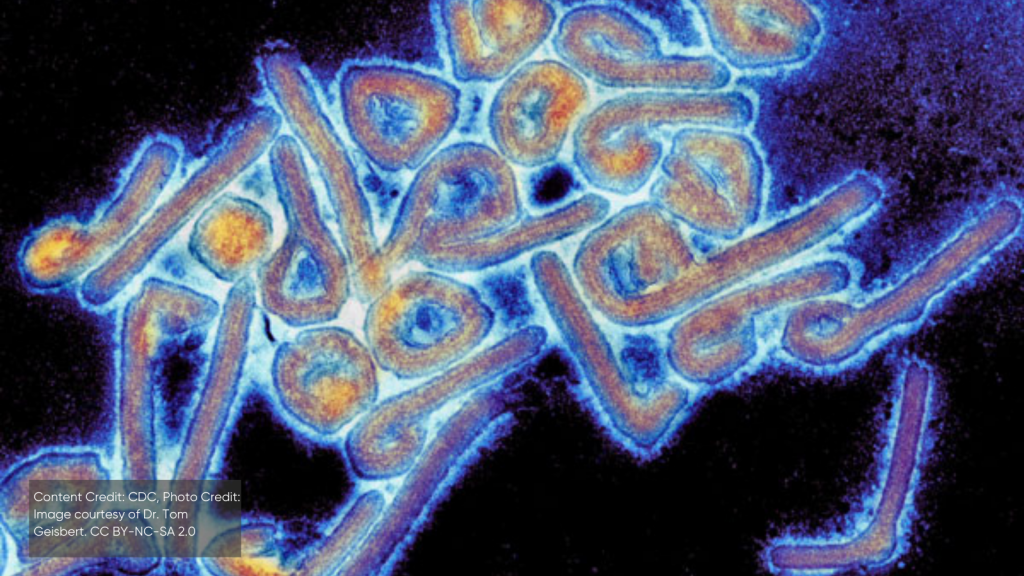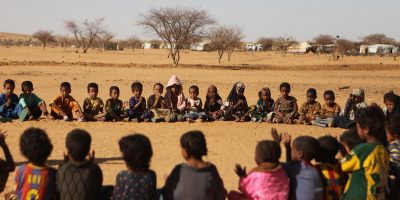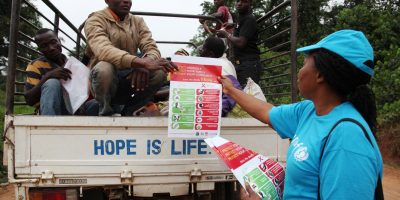Marburg virus disease
Marburg virus disease (MVD) is a filovirus and, like Ebola virus disease (EVD), is a viral haemorrhagic fever that can have fatality rates as high as 90%. MVD is not airborne and is not considered to be contagious before symptoms appear. Direct contact with the bodily fluids of an infected person or contaminated items is therefore necessary for transmission to occur. With good infection prevention and control (IPC) in place, risk of infection is considered minimal. There is currently no approved treatment or vaccine for MVD. Supportive care is therefore advised, and surveillance, IPC, and isolation of cases (i.e., public health and social measures) are critical to controlling an outbreak of MVD.
Community engagement and risk communication activities must emphasise early care-seeking and be sensitive to the barriers people perceive that they face in accessing formal healthcare. Associated cross-pillar community engagement activities should seek to address those barriers. Communication and intervention strategies must be culturally sensitive, align with community values, and address specific local concerns to improve the effectiveness and uptake of public health measures.
SSHAP’s resources on MVD focus on key response considerations, including national response capabilities, local governance structures, and regional and economic implications.

Cross-border dynamics between Burundi and Tanzania in the context of viral haemorrhagic fever outbreaks, 2025
Viral haemorrhagic fevers question bank
Outbreak of Marburg virus disease in Rwanda, October 2024

Rwanda – DRC cross border dynamics
Cross-border dynamics between Uganda and Rwanda in the context of the outbreak of Ebola, 2022
Situational analysis: Marburg virus disease in Equatorial Guinea and Tanzania



